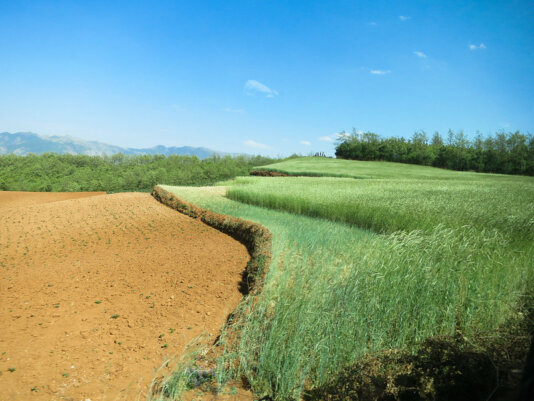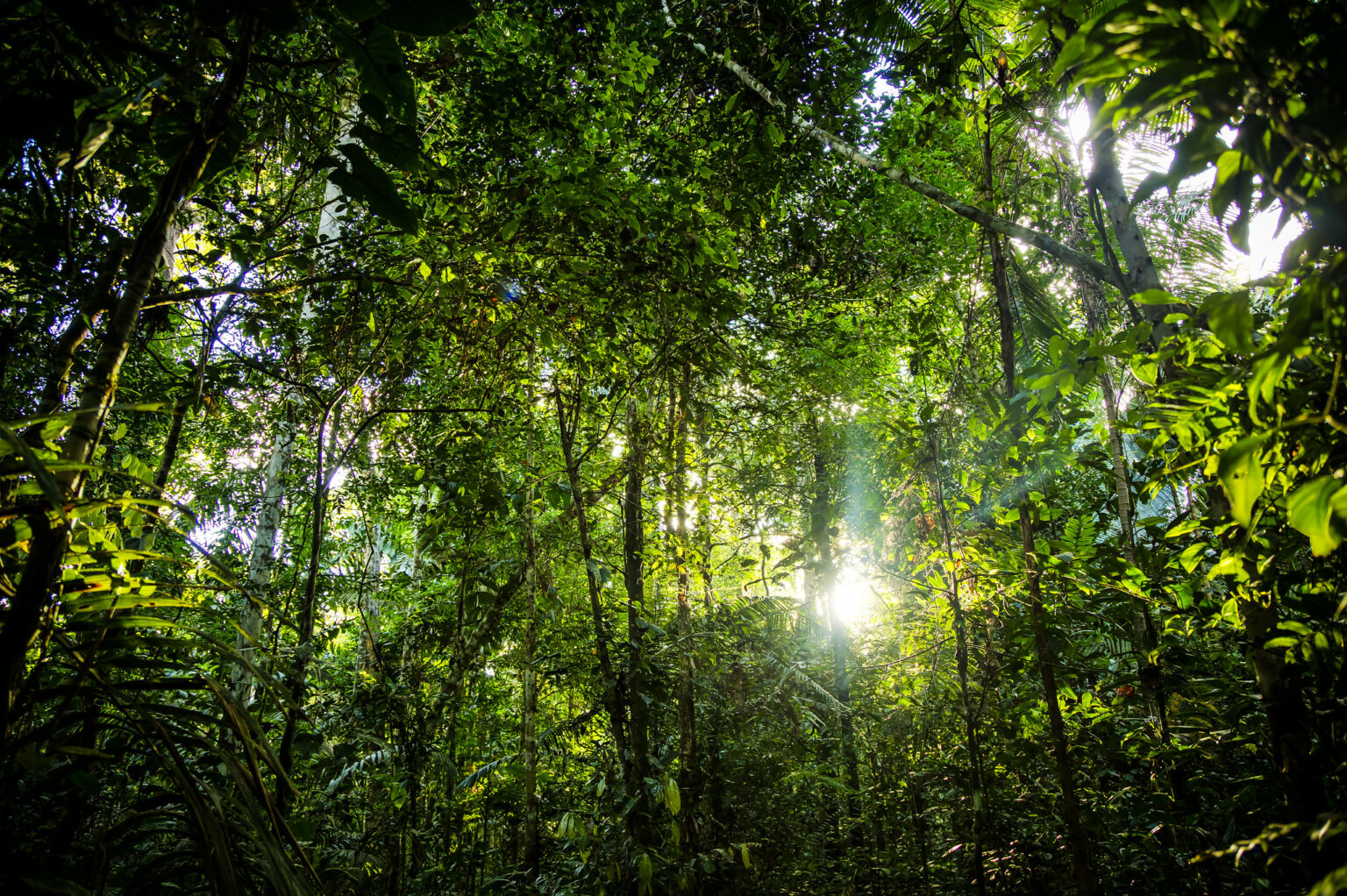- About
- Topics
- Picks
- Audio
- Story
- In-Depth
- Opinion
- News
- Donate
-
Signup for our newsletterOur Editors' Best Picks.Send
Read, Debate: Engage.
| December 28, 2021 | |
|---|---|
| topic: | Deforestation |
| tags: | #China, #reforestation, #carbon capture, #COP 26, #deforestation |
| located: | China |
| by: | Sasha Kong |
China, the world’s largest carbon emitter, promised in August that it would plant 36,000 square kilometers of new forest each year by 2025, an area equivalent to the size of Belgium. The reforestation plan is part of Beijing’s wider vow to reach carbon neutrality by 2060.
Officials said they are looking to increase the country's forest coverage rate from the 23.04 percent recorded at the end of 2020 to 24.1 percent by the end of 2025. China currently ranks fifth around the world in terms of forest area, with over 33,000 plant species.
China’s efforts and speed for increasing forest cover deserve applause, according to Dr Ian Miller, Assistant Professor at the St. John’s University specialising in the history of Chinese forestry.
“I don’t think the Chinese government is given enough credit for the speed and extent to which these increased forest cover. There are also signs that Beijing is learning important lessons from the shortcomings of previous efforts, including increased emphasis on planting trees appropriate for local and regional environments,” Dr Miller told FairPlanet.
The Asian nation has had a bumpy track record when it comes to forestry. While it was rich in forest resources, with over 60 percent forest coverage at around 1600 BC, damages emerged under the last two monarchical dynasties and dropped to only 8.6 percent by 1949, the year Communist China had been established.
At the time, most of the forests were nationalised, and over-cutting of trees and neglect of forest management became rampant due to an explosion of demand for fuelwood, housing construction and population growth.
In 1998, the Chinese government embarked on one of the world's largest forest protection campaigns, aiming to cover 18 provinces out of the total 33 provinces. From 1998 to 2018, Beijing injected close to $80 billion into the program.
China’s new plan is also an extension of its ongoing forest protection campaign.
"It is promising that this plan includes provisions to expand protected areas," Dr Miller explained. "Protecting old forests is at least as important as planting new ones."
But although the percentage of forest coverage had risen from 12.7 percent in 1973 to 22.96 percent in 2018, and even with its track record of reversing deforestation, Dr Miller said China’s new plan is still raising doubts about its feasibility.
“In the past, centrally planned tree-planting campaigns have not given enough thought to the trade-offs of local land and water use, especially in the semi-arid regions of the northwest," he added. "Campaign-style politics have also led to efforts to ‘juice’ [falsify] the numbers, including counting plantation crops like rubber as ‘forest’."
This means that despite Beijing's ambitions, corruption associated with intense competition for results among provinces, which is common in China in multiple national campaigns, might derail its efforts.
Earlier this month, however, 10 officials in Guangzhou were either warned or sacked after removing thousands of banyan trees. Some experts interpreted this widely published punishment as Beijing’s way to deter local officials from attempting to change the landscape.
The forestry conditions in the different regions of the world's most populated country also vary. The dry northwestern region is “notoriously difficult” for tree planting, Dr Miller said, and so the possibility of extensive reforestation there would be limited. Artificial forests will continue to be a major focus for the North China Plain under the plan, Dr Miller predicted.
"There is, therefore, an especially long history of human-maintained forests in this region - especially including elms (Ulmus), willows (Salix), and poplars (Populus)," he said. "These were planted along roads and on dikes - for both shade and to prevent erosion - as well as in village woodlots."
The southwest and the northeast will likely be the game-changers, the expert said.
“Both regions have seen some of the most aggressive logging in the last hundred years […] It is unlikely that either will ever return to anything close to their pre-20th century forest cover, because they are simply too densely populated. But these are the regions with the greatest possibility of long-term gains in forest cover.”
Dr Miller suggested turning the green campaign of planting trees for carbon capture purposes into economic incentives for locals, including providing timber to the Chinese market.
The country is the world’s largest importer of timber, and its second-biggest consumer. In 2020, China imported 93.74 million cubic meters of logs and converted timber.
Whether China will implement the lesson from its history of afforestation and walk the talk remains to be seen. But regardless, its impact will be significant for both the country’s ambitious green plan and the world’s battle with climate change.
Image by Louis Putzel/CIFOR

By copying the embed code below, you agree to adhere to our republishing guidelines.
